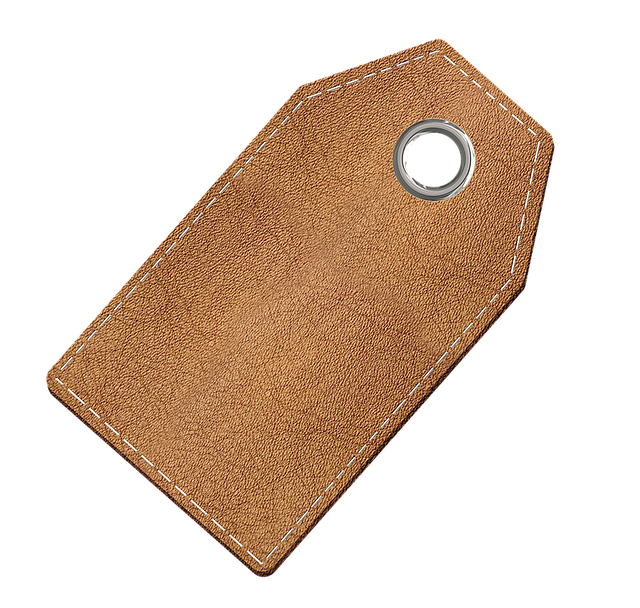Skin tags, or acrochordons, are common soft growths caused by friction. Bristol Skin Tag Removal options range from at-home methods like duct tape and salicylic acid to professional treatments like cryotherapy, excision, and laser therapy. Proper post-care and regular check-ups prevent recurrence. For personalized advice, consult a qualified healthcare provider.
Looking for effective Bristol skin tag removal methods? This comprehensive guide explores safe alternatives to surgical procedures. Discover the causes and types of skin tags, then learn about non-surgical home treatments you can try. For professional options, we break down various treatments ensuring complete elimination. Our care tips after removal prevent recurrence. Find out how to tackle these small growths with confidence!
- Understanding Skin Tags: Causes and Types
- Non-Surgical Removal Methods at Home
- Professional Treatments for Safe Elimination
- Preventing Recurrence: Post-Removal Care Tips
Understanding Skin Tags: Causes and Types

Skin tags, medically known as acrochordons, are small, soft skin growths that typically appear as hangings or tags from the skin. They can occur almost anywhere on the body but are most commonly found in areas where skin rubs against itself, such as the neck, armpits, and groin. While they are usually harmless, many people opt for Bristol Skin Tag Removal due to aesthetic concerns.
There are various types of skin tags, with different causes. They can be classified by their appearance, size, and location. Some common types include acral skin tags (which occur on non-sun-exposed skin), tag-like moles, and skin tags that develop as a result of friction or trauma to the skin. Understanding these variations is essential when considering effective Bristol Skin Tag Removal methods.
Non-Surgical Removal Methods at Home

There are several non-surgical removal methods that can be attempted at home for Bristol skin tag removal. One popular option is using duct tape. This method involves applying medical-grade duct tape directly onto the skin tag, leaving it on for several days or until the skin tag falls off. It’s a simple and relatively painless approach that doesn’t require any special equipment or visits to a clinic.
Another at-home technique is using salicylic acid. Available over-the-counter, this acid can be applied topically to shrink and eventually remove skin tags. However, it may take several weeks of consistent application to see results. It’s crucial to follow the product instructions carefully and consult a dermatologist if irritation or discomfort occurs.
Professional Treatments for Safe Elimination

Professional treatments offer a safe and effective alternative to surgical procedures for Bristol skin tag removal. These methods are typically performed by qualified dermatologists or specialized aesthetic practitioners who employ advanced techniques to eliminate skin tags without incisions. One common approach is using cryotherapy, which involves freezing the skin tags with liquid nitrogen, causing them to shrink and eventually fall off. Another method is excision, where a sharp blade or surgical scissors are used to cut out the tags, followed by gentle stitching to minimize scarring.
Laser treatments have also gained popularity for Bristol skin tag removal. Targeted laser beams destroy the blood vessels supplying the skin tags, leading to their disappearance over time. These professional treatments ensure precise and controlled elimination, reducing the risk of infection or scarring commonly associated with at-home remedies. Always consult a reputable healthcare provider for personalized advice on the most suitable method based on your specific case.
Preventing Recurrence: Post-Removal Care Tips

After successfully removing skin tags, proper post-care is essential to prevent their recurrence. It’s crucial to keep the treated area clean and dry, using mild soap and warm water, to avoid infection and irritation. This simple step can significantly reduce the chance of new skin tags forming in the same spot.
Additionally, applying a gentle, hypoallergenic ointment or moisturizing cream recommended by your Bristol Skin Tag Removal specialist will help heal the skin and create a protective barrier. Avoiding harsh scratching or picking at the area is vital; these actions can trigger cell growth and lead to further skin tag development. Remember, with meticulous care and regular check-ups, you can ensure that those unwanted skin tags stay away for good.
Removing skin tags without surgery is achievable through various methods, from at-home remedies to professional treatments. While non-surgical procedures offer a less invasive approach, it’s essential to understand that results may vary. For permanent solutions, seeking expert advice on Bristol Skin Tag Removal can provide safe and effective elimination. Following post-removal care tips can also help prevent recurrence, ensuring smooth, tag-free skin.
